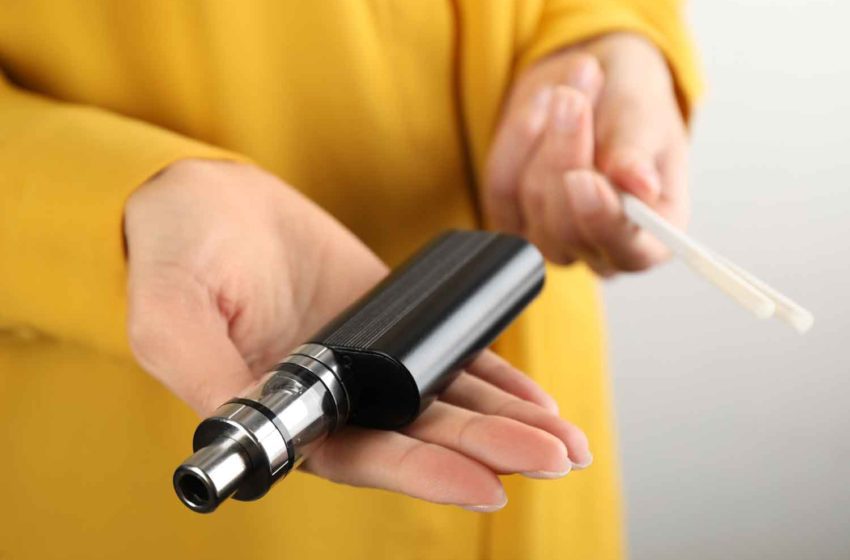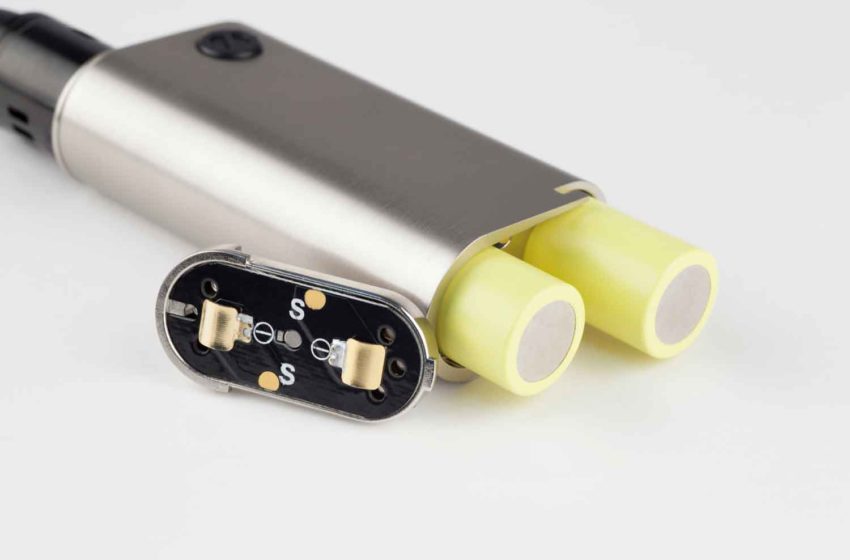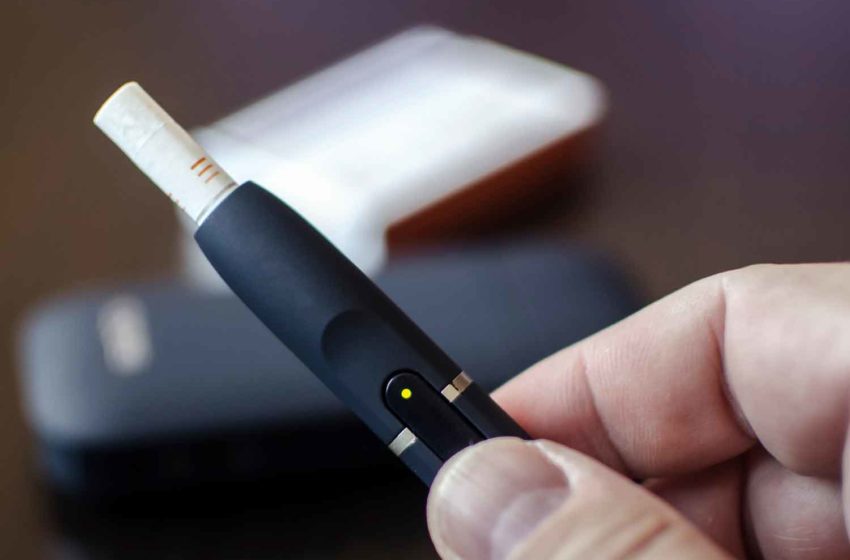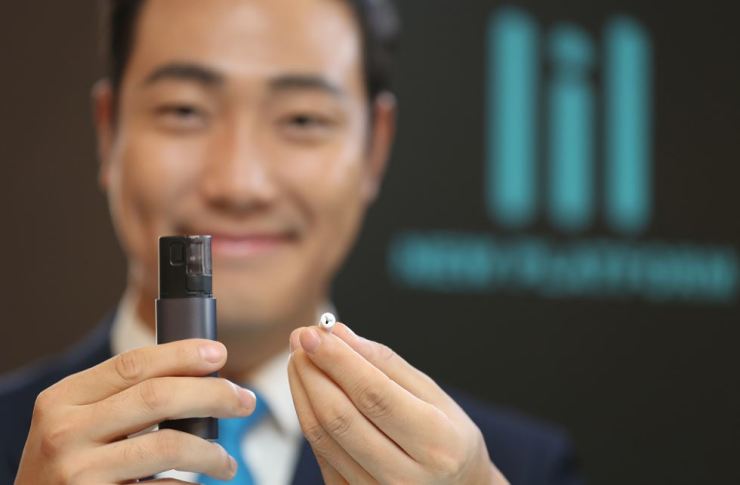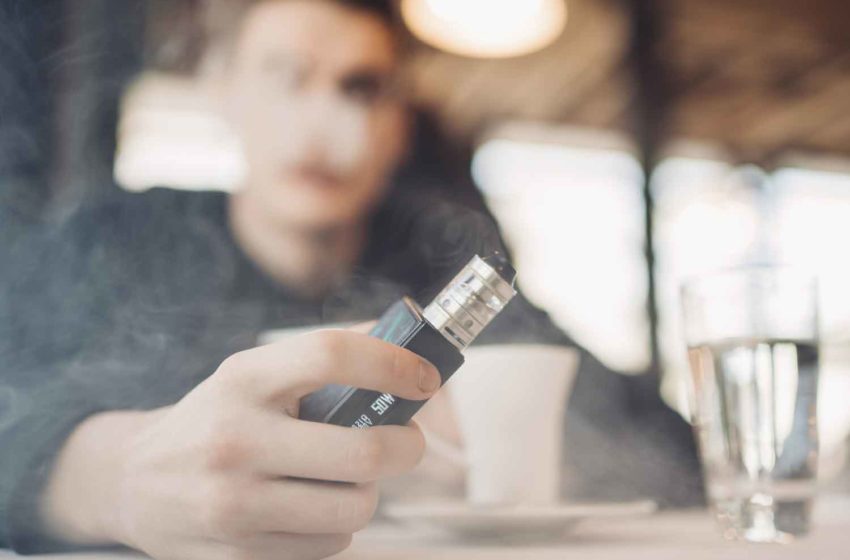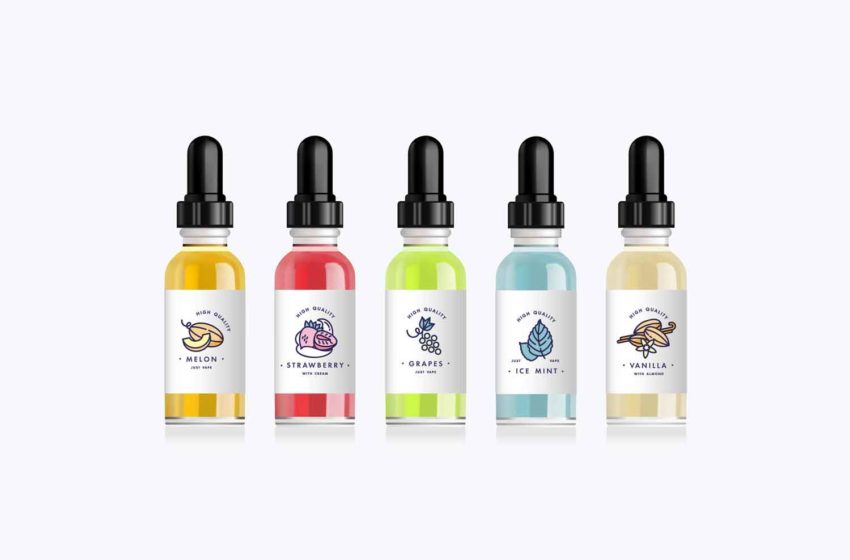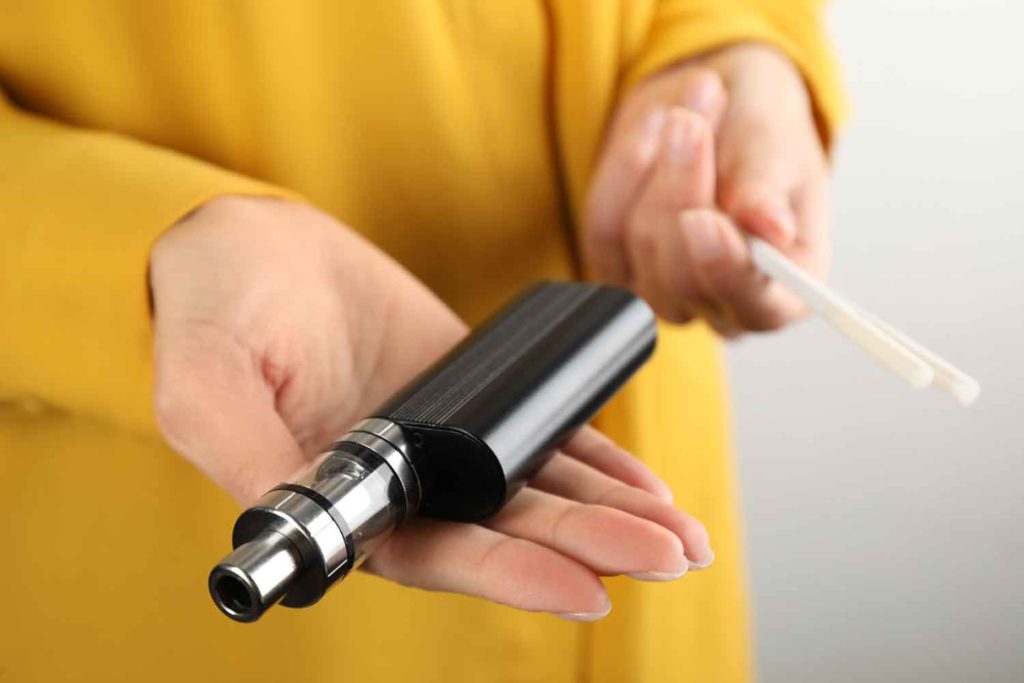
Knowledge-Action-Change (KAC) has published The Global State of Tobacco Harm Reduction 2022: The Right Side of History. The Global State of Tobacco Harm Reduction (GSTHR) publication charts the history of tobacco harm reduction and considers the future of a strategy that can hasten the end of smoking and drastically reduce smoking-related death and disease worldwide.
According to the report’s authors, the emergence of new safer nicotine products has caused substantial disruption to nicotine use, public health and tobacco control institutions and the traditional tobacco industry. However, mistrust and ideological opposition is hampering widespread adoption of a strategy that could help 1.1 billion adult smokers failed by existing tobacco control interventions.
“Technology helped smoking become one of the world’s biggest health problems,” said Harry Shapiro, author of The Right Side of History, in a statement. “Now, technological innovations from beyond both the tobacco industry and public health have combined to produce safer nicotine products, and millions of people who smoked have already chosen to switch. Yet progress is being hampered. Although disruption is not always comfortable, the genie is out of the bottle—these new technologies demand the development of new policies and new thinking.”

“A failure to recognize and exploit the potential of tobacco harm reduction will mean millions more avoidable deaths each year.”
Gerry Stimson, project lead, GSTHR
“A failure to recognize and exploit the potential of tobacco harm reduction will mean millions more avoidable deaths each year and contribute to an ever-growing burden of disease that disproportionately affects the most vulnerable countries and communities,” said Gerry Stimson, GSTHR project lead and emeritus professor at Imperial College London.
“Tobacco control’s lack of evolution, despite its very limited gains, means that many aspirational targets to achieve smoke-free status by 2030 or within the next generation are no more likely to be met than former aspirations for a drug-free world. Tobacco harm reduction offers us an historic opportunity. We must not let it slip away.”
The Right Side of History is the third in the biennial series of GSTHR reports, following No Fire, No Smoke in 2018 and Burning Issues in 2020. The GSTHR project is produced with the help of a grant from the Foundation for a Smoke-Free World.

